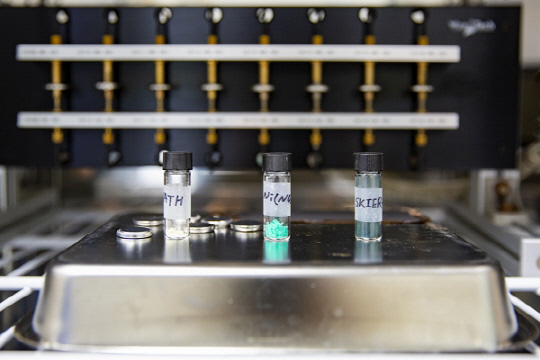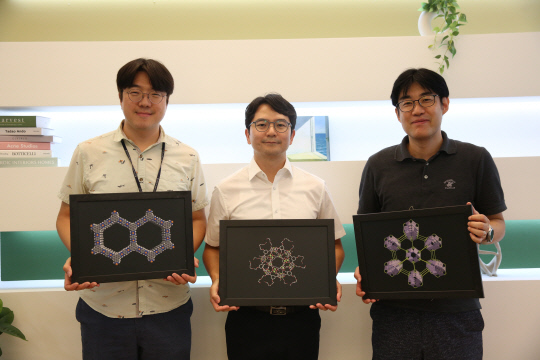Egeon, develops ‘Conductive Metal-Organic Structure (SKIER-5)’
Contains nickel ion-based nitrogen and phosphorous.. Increased discharge capacity after charge-discharge,
,
,

The Korea Institute of Energy Research has developed a secondary battery electrode that operates stably at minus 20 degrees Celsius. It is expected to be used in various fields such as electric vehicles, energy storage devices (ESS), drones, and miniaturized electronic devices exposed to external environments with rapid temperature changes for long periods. ,
,
, “The Korea Institute of Energy Research announced on the 13th that a research team led by Dr. Yoo Jung-joon, Dr. Kim Hyun-wook, and Dr. Im Kang-hoon developed a ‘Conductive Metal-Organic Structure (SKIER-5)’ by combining titantrin-based organic ligands and nickel metal ions.”,
,
, ‘Graphite, which is used as the anode material for lithium-ion batteries, has a very stable structure thermodynamically and is very inexpensive. However, lithium-ion batteries using graphite anodes experience a drastic decrease in storage capacity at subzero temperatures, and during the charging process, dendrites (elongated structures resembling branches formed by partial lithium on the electrode surface) are formed, posing risks of thermal runaway and explosion.’,
,
, ‘The discharge capacity of the electrode applied with SKIER-5 was higher than that of graphite at room temperature and increased by about 1.5 times after 1600 charge-discharge cycles. The research team explained that this is a very rare result compared to the common principle of decreasing discharge capacity with repeated charge-discharge cycles.’,
,
, ‘Through X-ray structure analysis at the Pohang Accelerator Laboratory, the research team confirmed that the oxidation-reduction reaction of ions increases the capacity. Unlike graphite, the organic structure containing nickel ions and hetero elements (nitrogen, phosphorous, etc.) interacts with lithium ions, storing more electrons through the oxidation-reduction reaction of electron transfer, leading to an increase in discharge capacity.’,
,
, ‘In particular, it showed 5 times higher discharge capacity compared to graphite in subzero 20-degree environments. This is because the activation energy required to induce chemical reactions is lower than that of graphite, resulting in stable performance even in low-temperature environments.’,
,
, ‘Dr. Yoo Jung-joon of Egeon stated, “SKIER-5 can be utilized in specialized battery fields by stably operating in low-temperature environments, overcoming the shortcomings of secondary batteries that only operate at room temperature and can be applied to electric vehicles, drones, and more.”‘,
,
, “These research results were published as a cover paper in the international academic journal ‘Journal of Materials Chemistry A (December 12th issue)’ in the field of materials science. “,

Research team of the Korea Institute of Energy Technology, Dr. Im Kang-hoon (from the left), Dr. Yoo Jung-joon, and Dr. Kim Hyun-wook. ,

